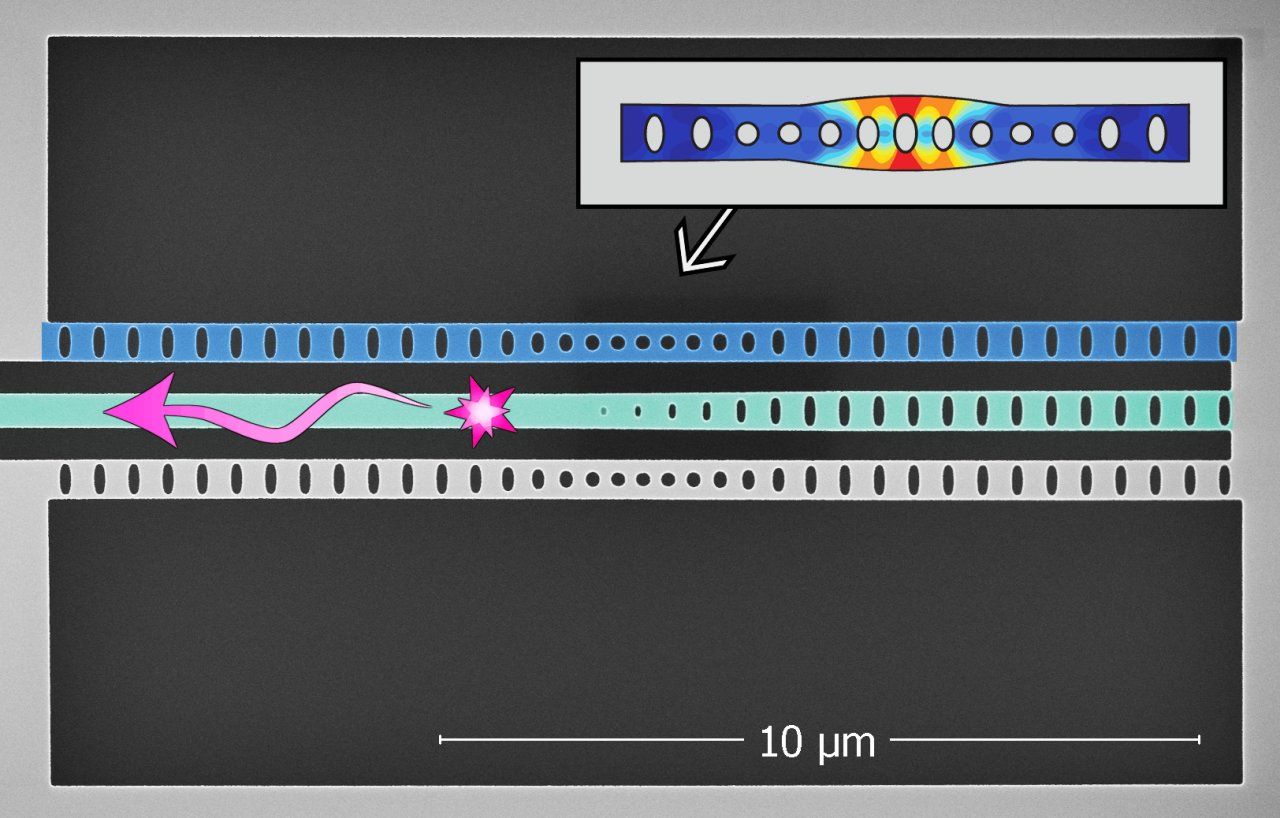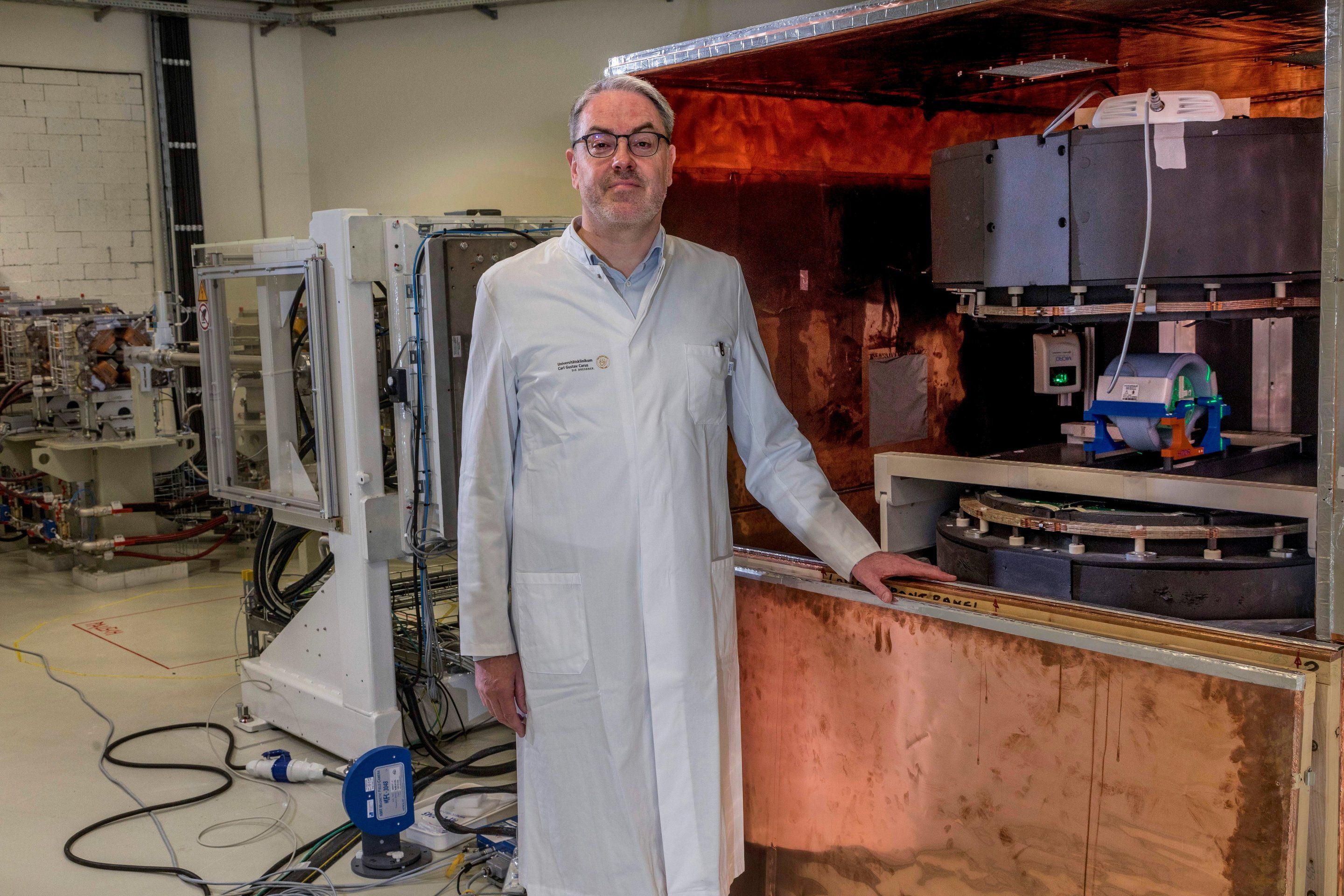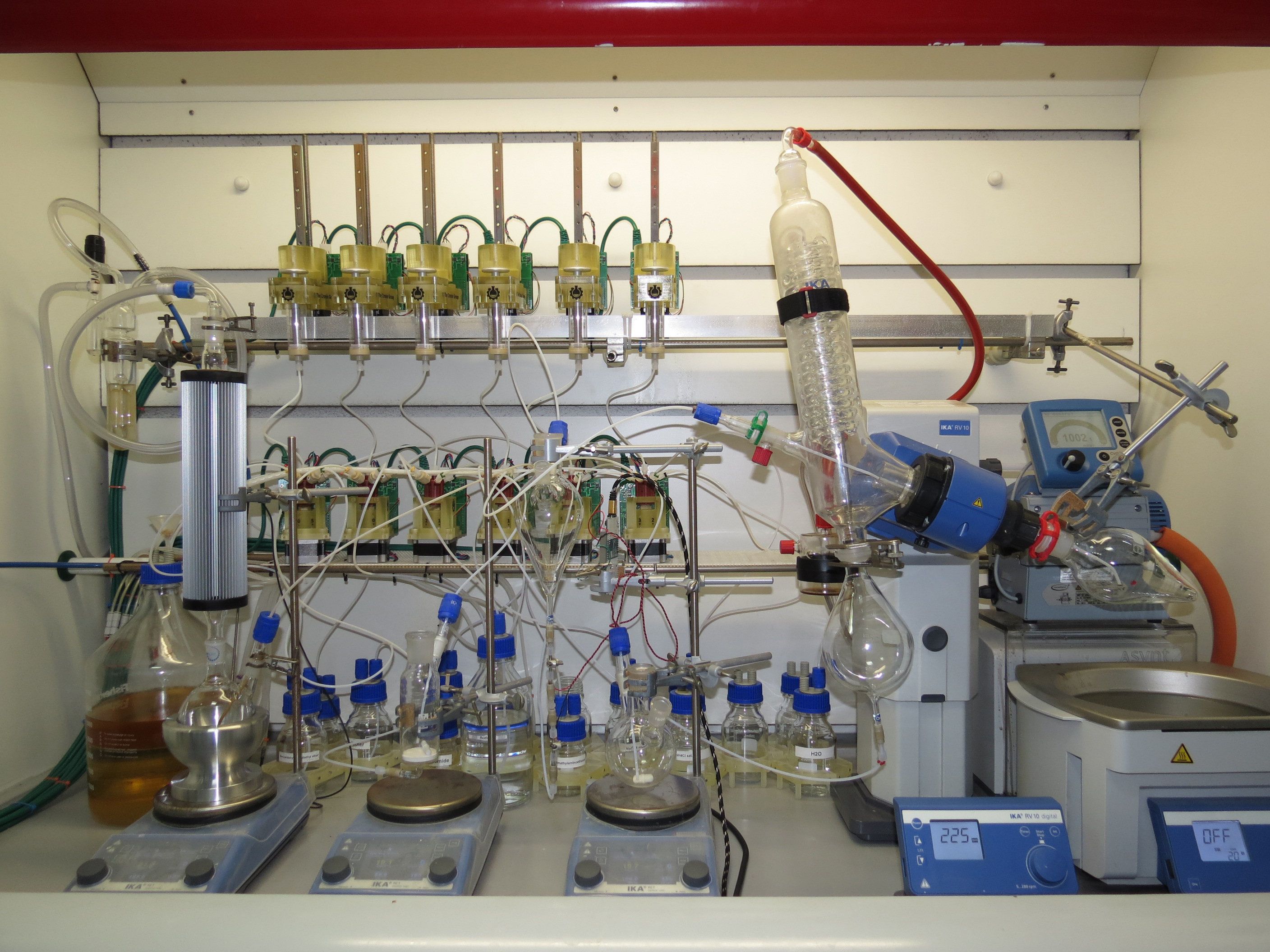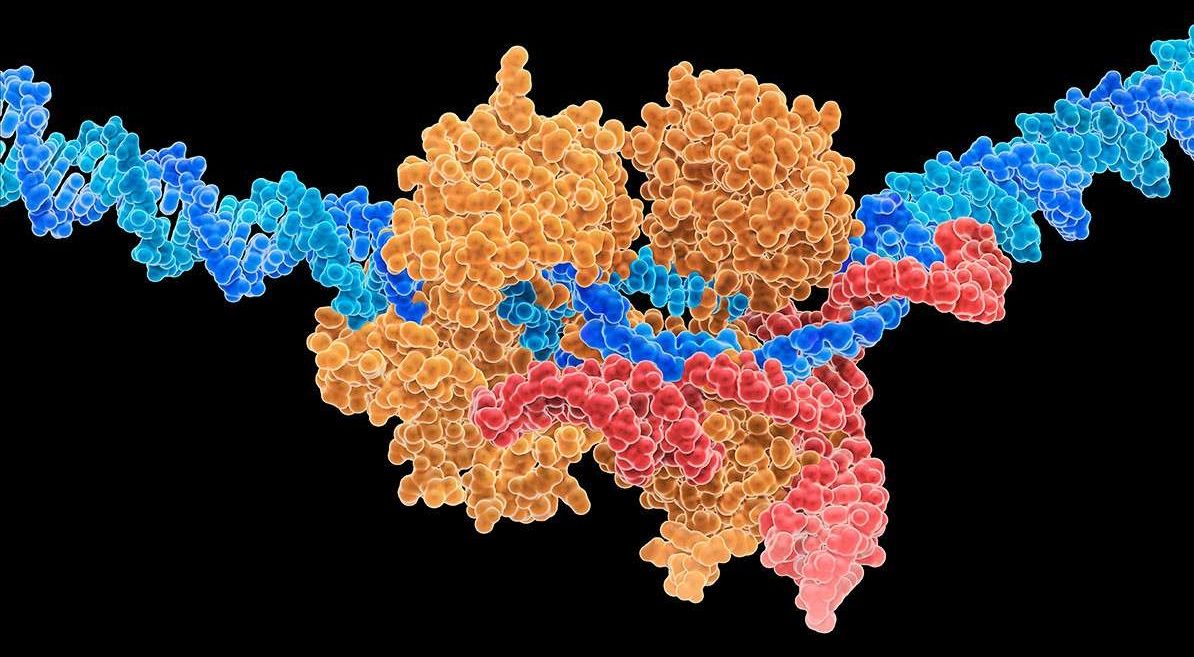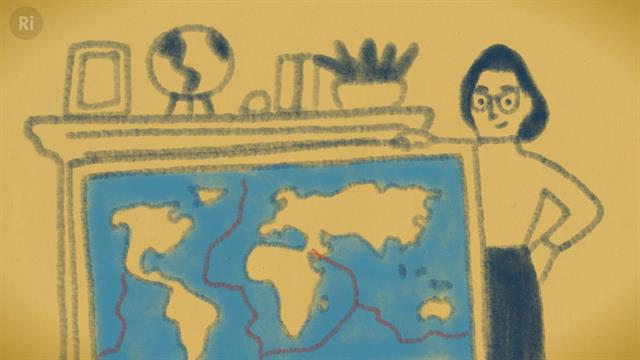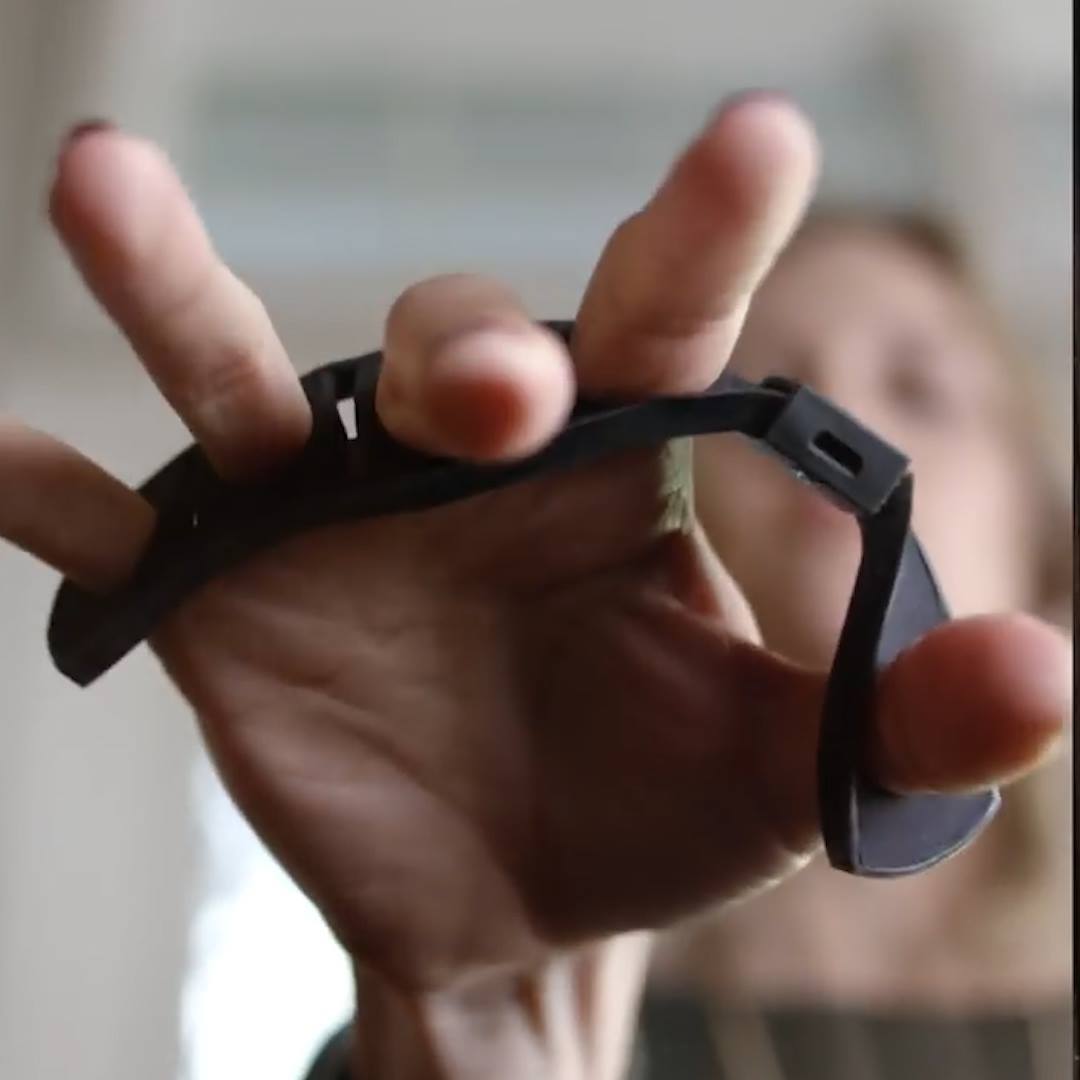Why does quantum mechanics work so well for microscopic objects, yet macroscopic objects are described by classical physics? This question has bothered physicists since the development of quantum theory more than 100 years ago. Researchers at Delft University of Technology and the University of Vienna have now devised a macroscopic system that exhibits entanglement between mechanical phonons and optical photons. They tested the entanglement using a Bell test, one of the most convincing and important tests to show a system behaves non-classically.
